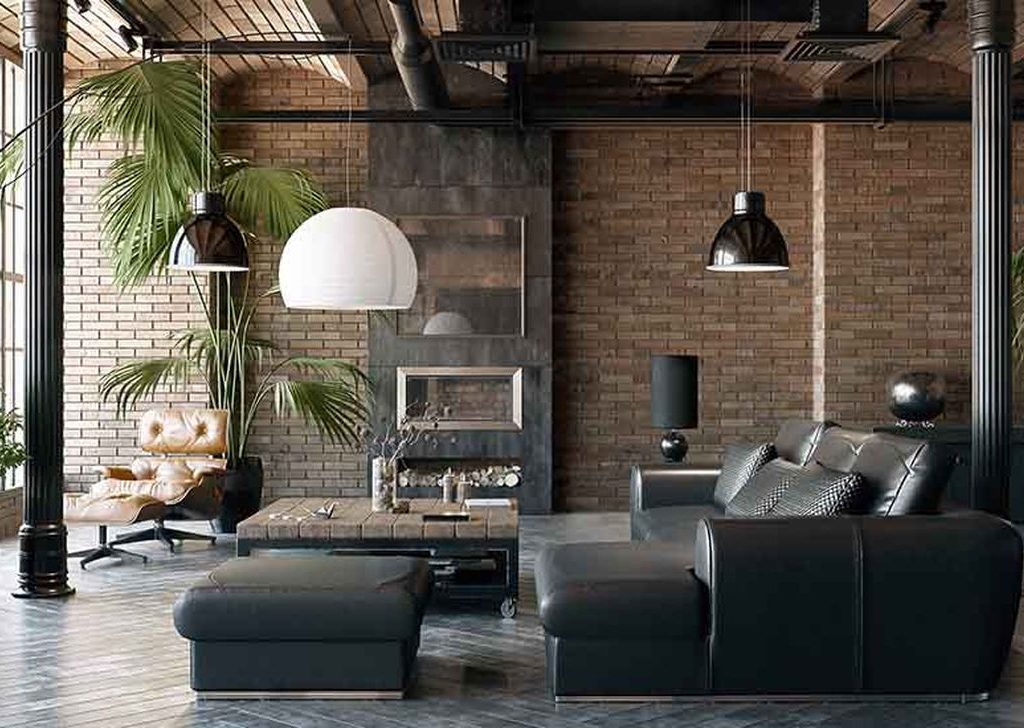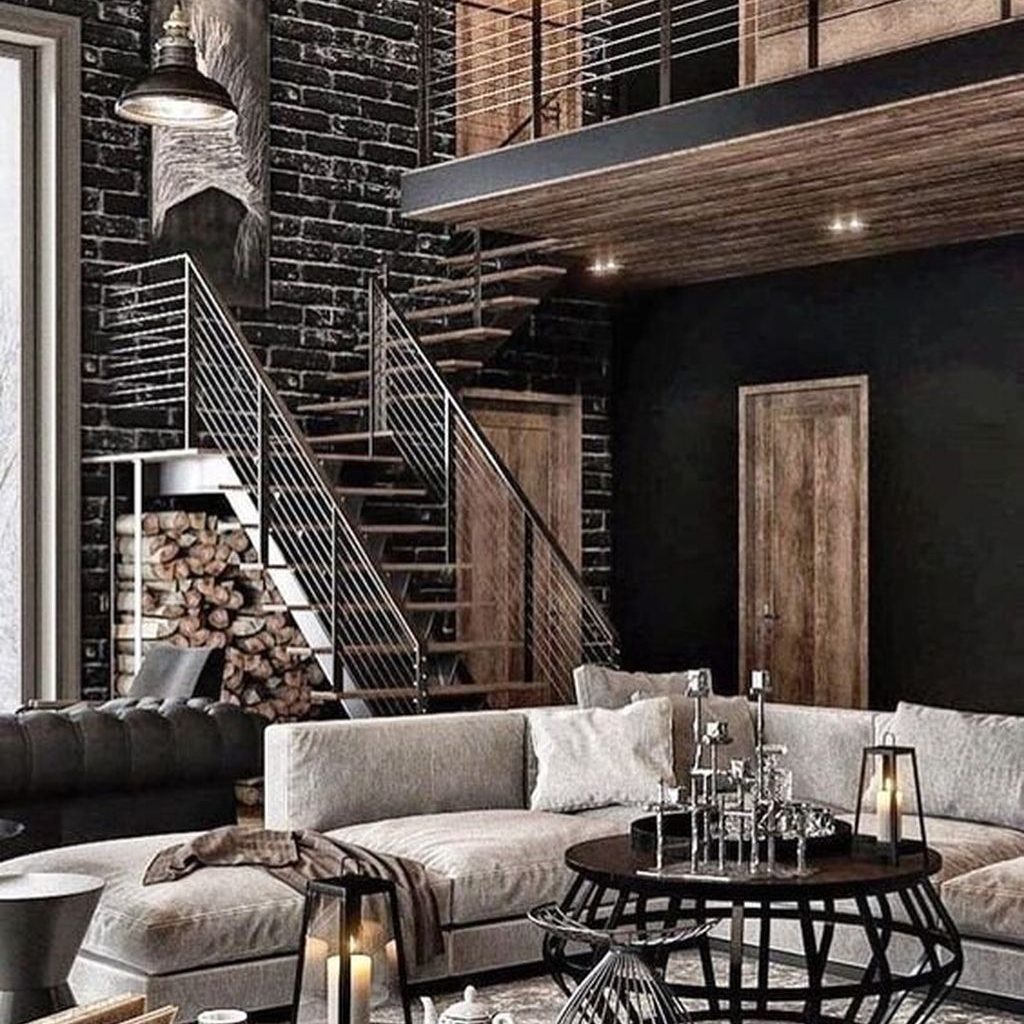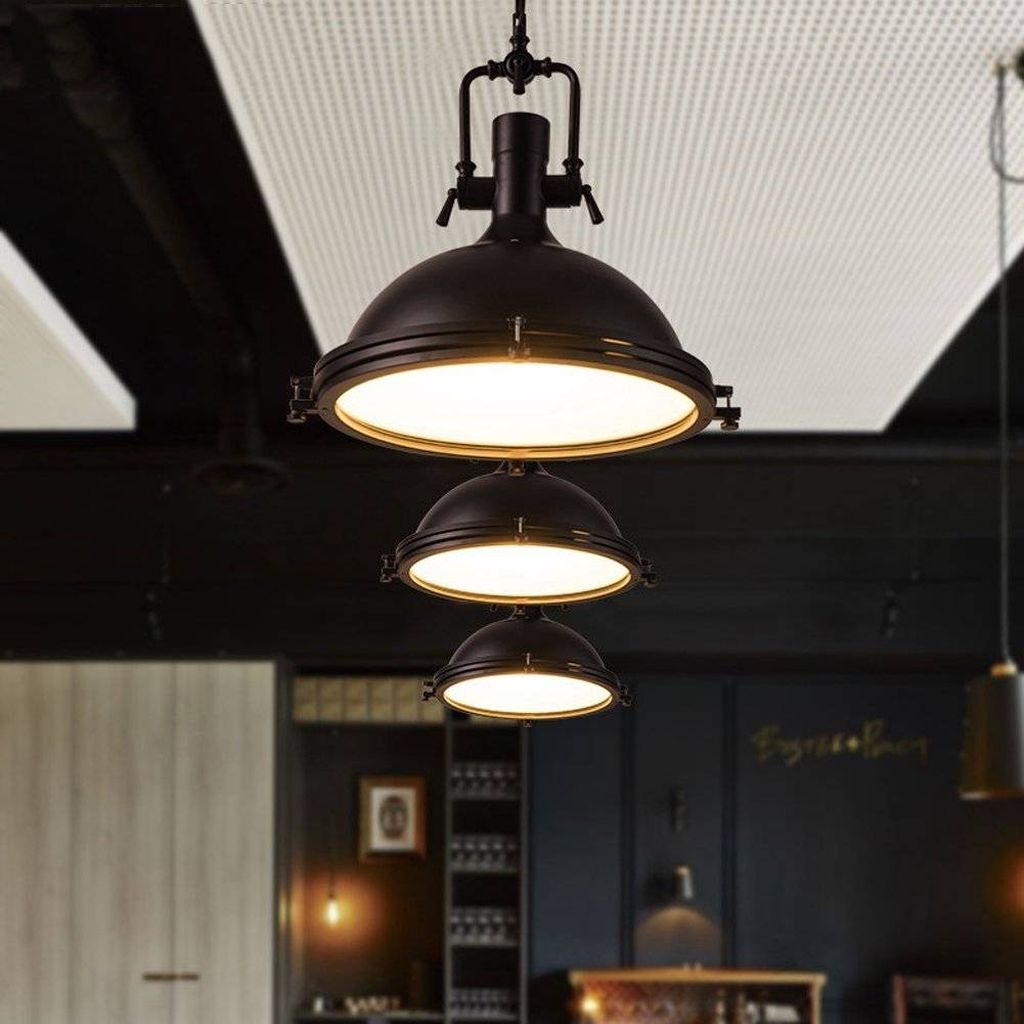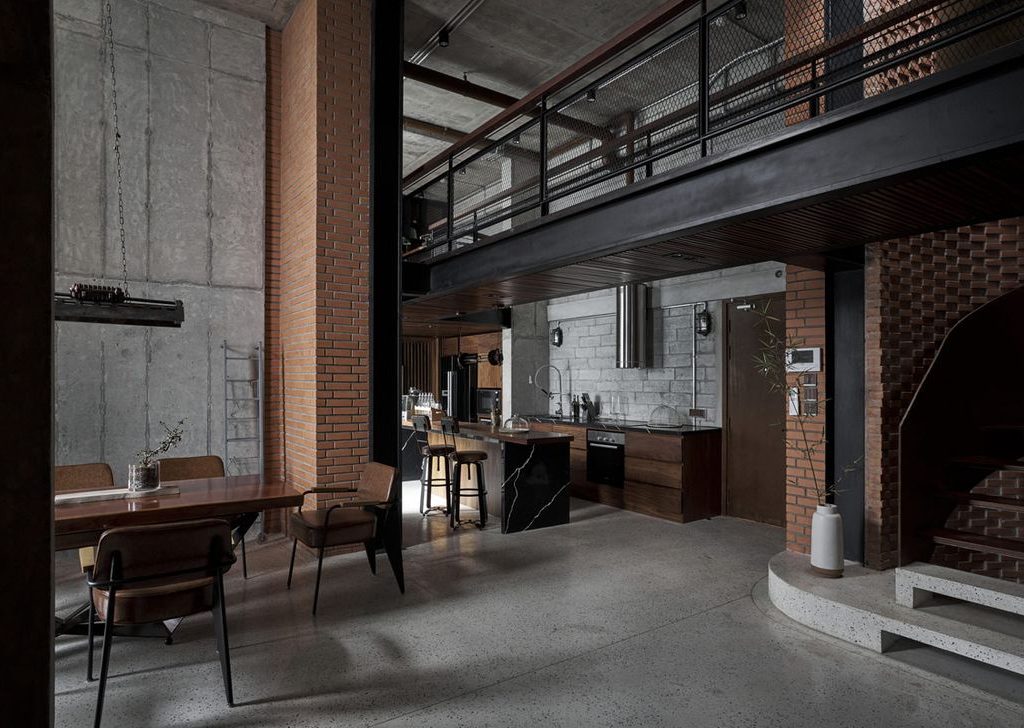Creating the perfect workspace is essential for employee productivity, creativity, and overall well-being. Industrial interior design offers a unique and inspiring approach to office spaces, evoking a sense of rugged charm combined with contemporary elements. In this comprehensive article, we will delve into the world of industrial interior design, exploring its origins, key features, and practical tips for incorporating this style into your workplace. Whether you’re a business owner, interior designer, or someone passionate about design, this article will provide valuable insights into the world of industrial interior design.
Industrial interior design combines rugged charm with contemporary elements to create inspiring workspaces. Embracing raw materials like metal, concrete, and exposed brick, this design style features open floor plans, utilitarian furniture, and vintage lighting fixtures. With a neutral color palette and pops of color, industrial design fosters a productive and collaborative environment. Incorporate this trend in your workspace for a unique and captivating atmosphere.
Table of Contents
Industrial Interior Design: Embracing Raw Aesthetics
Industrial interior design draws inspiration from the industrial revolution era, where factories and warehouses were transformed into functional yet aesthetically appealing spaces. Today, this design style is not only limited to industrial spaces but is also widely embraced in commercial offices and modern homes. Let’s take a closer look at the key elements that define industrial interior design:
1. Raw Materials and Exposed Surfaces

Exposed brick wall from decorpot
One of the hallmarks of industrial interior design is the use of raw materials such as metal, concrete, and exposed brick walls. These materials add a sense of authenticity and character to the space, embracing the beauty of imperfections.
2. Open Floor Plans and High Ceilings

Open floor plan from mydecortrends
Industrial spaces are known for their open floor plans and lofty ceilings. This design approach creates a sense of spaciousness and freedom, promoting collaboration and a sense of community among employees.
3. Utilitarian Furniture

Furniture for industrial style from mydecortrends
Furniture in industrial interior design is often characterized by its utilitarian nature. Metal-framed tables, reclaimed wood desks, and vintage industrial decor chairs are common choices, combining functionality with a rugged charm.
4. Vintage Lighting Fixtures

Industrial style lighting from menterarchitects
Industrial-style lighting fixtures, such as pendant lights with metal shades and exposed bulbs, play a crucial role in adding a warm and inviting ambiance to the workspace.
5. Neutral Color Palette with Pops of Color

Industrial interior color from home-designing
Industrial interior design typically features a neutral color palette, including shades of gray, brown, and black. However, pops of vibrant colors through accent pieces or artwork can add a touch of personality to the space.
Incorporating Industrial Interior Design in Your Workspace
Now that we’ve explored the core elements of industrial interior design, let’s discuss how you can incorporate this style into your workspace to create an inspiring environment:
1. Embrace the Industrial Look in Reception Areas
The reception area is the first impression of your workspace. Consider using a reclaimed wood reception desk paired with vintage industrial lighting fixtures to set the tone for your interior design theme.
2. Open Concept Workstations
An open concept workstation layout promotes collaboration and communication among employees. Use industrial-style workstations with metal frames and wooden tops to achieve an on-trend yet functional workspace.
3. Statement Walls with Exposed Brick
Transform a feature wall in your office by exposing the brickwork. Exposed brick adds a rustic touch to the interior and serves as an eye-catching backdrop for artwork and shelving.
4. Create Cozy Breakout Spaces
Incorporate cozy breakout spaces for employees to unwind and recharge. Use plush leather sofas and vintage coffee tables to create a relaxed and inviting atmosphere.
5. Incorporate Greenery
Bring life into your industrial workspace by adding greenery. Plants not only improve air quality but also add a refreshing contrast to the raw aesthetics of industrial design.
6. Balance with Soft Textures
While industrial design embraces rugged materials, it’s essential to balance them with soft textures. Add throw pillows, plush rugs, and upholstered chairs to create a comfortable and harmonious space.
Real-Life Examples of Industrial Interior Design
To gain a better understanding of how industrial interior design is implemented in real-life workspaces, let’s explore some inspiring examples:
Example 1: Tech Startup Office
A tech startup office incorporates industrial design elements through exposed ductwork, concrete floors, and open ceilings. They utilize modular furniture and bold artwork to add vibrancy to the space.
Example 2: Creative Agency Studio
A creative agency studio embraces an industrial-style loft with expansive windows, flooding the space with natural light. The exposed brick walls and vintage leather furniture create a welcoming and stimulating environment.
Example 3: Co-Working Space
A co-working space incorporates industrial design with a modern twist. Utilizing metal-framed partitions and a mix of wooden and glass surfaces, the space fosters creativity and collaboration.
Conclusion
Industrial interior design offers a captivating blend of raw aesthetics and contemporary elements that can transform any workspace into an inspiring environment. By incorporating raw materials, open floor plans, and vintage elements, you can create a visually appealing and functional space for your employees. Whether you’re running a startup or managing a corporate office, industrial interior design has the potential to enhance creativity, productivity, and employee satisfaction.
So, embrace the charm of industrial interior design, and take the first step towards creating an inspiring workspace that reflects your company’s unique identity.
